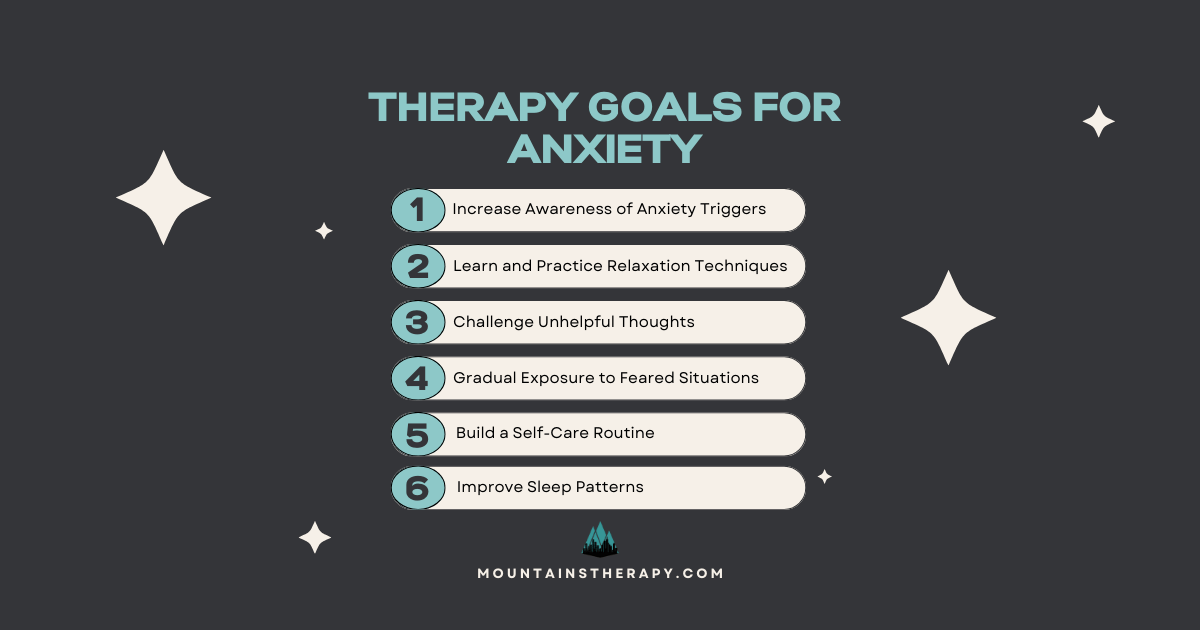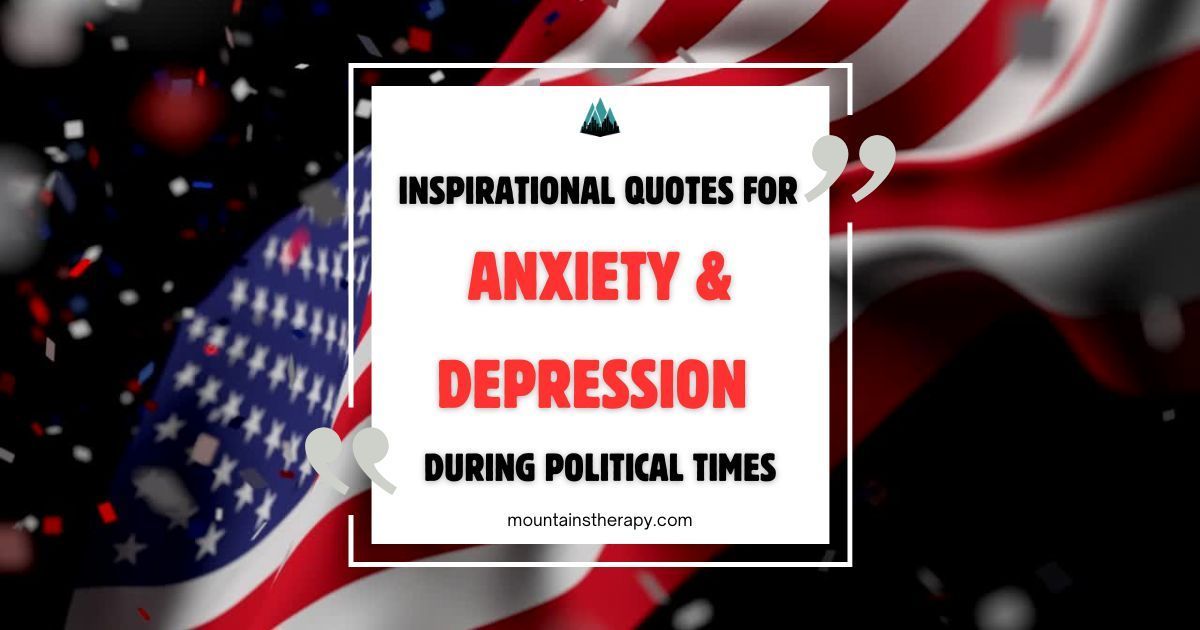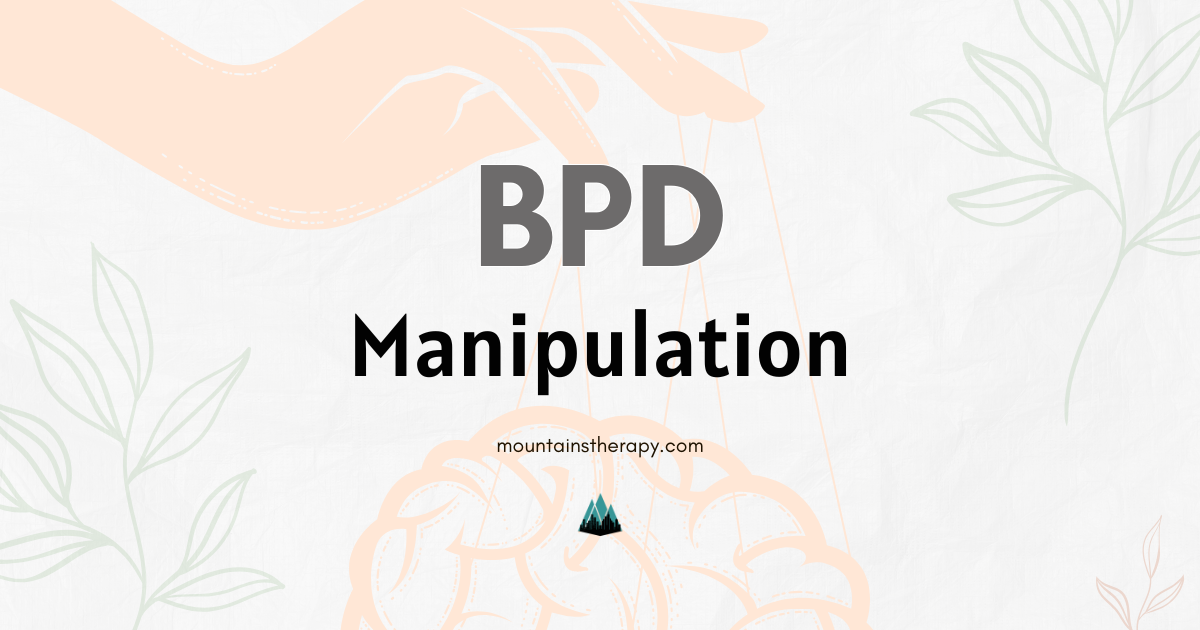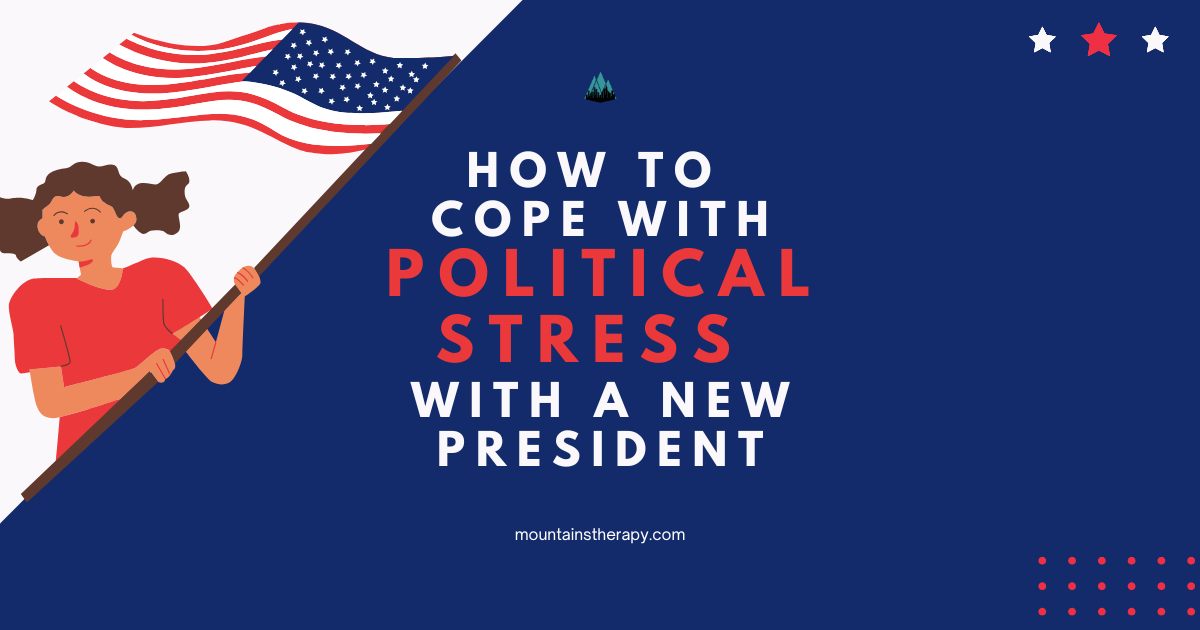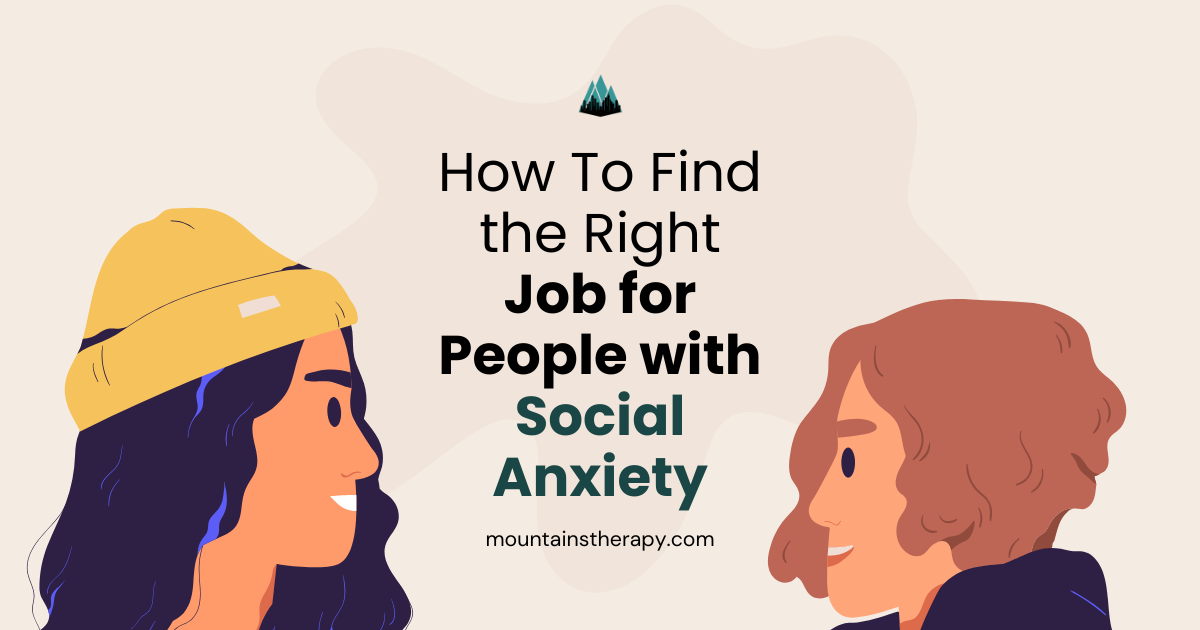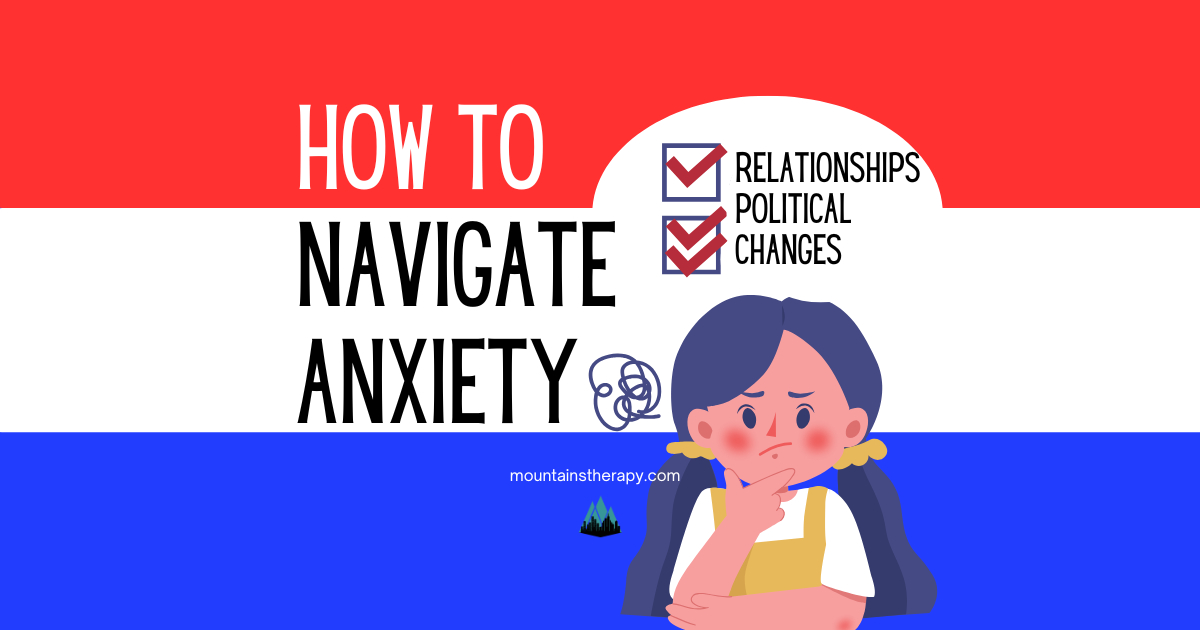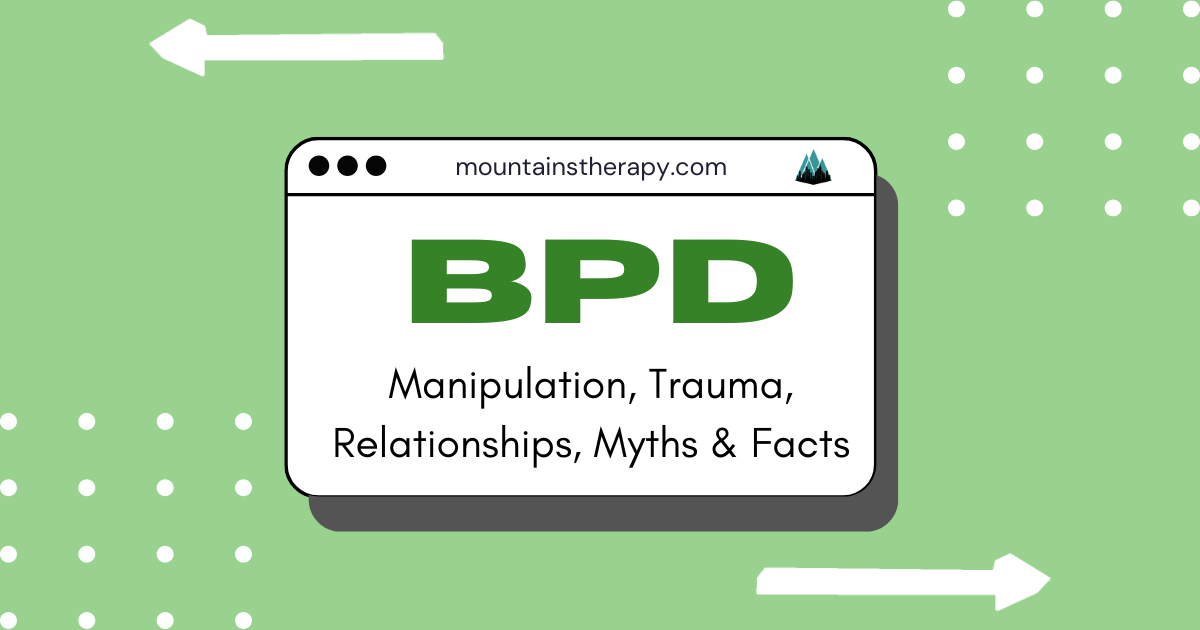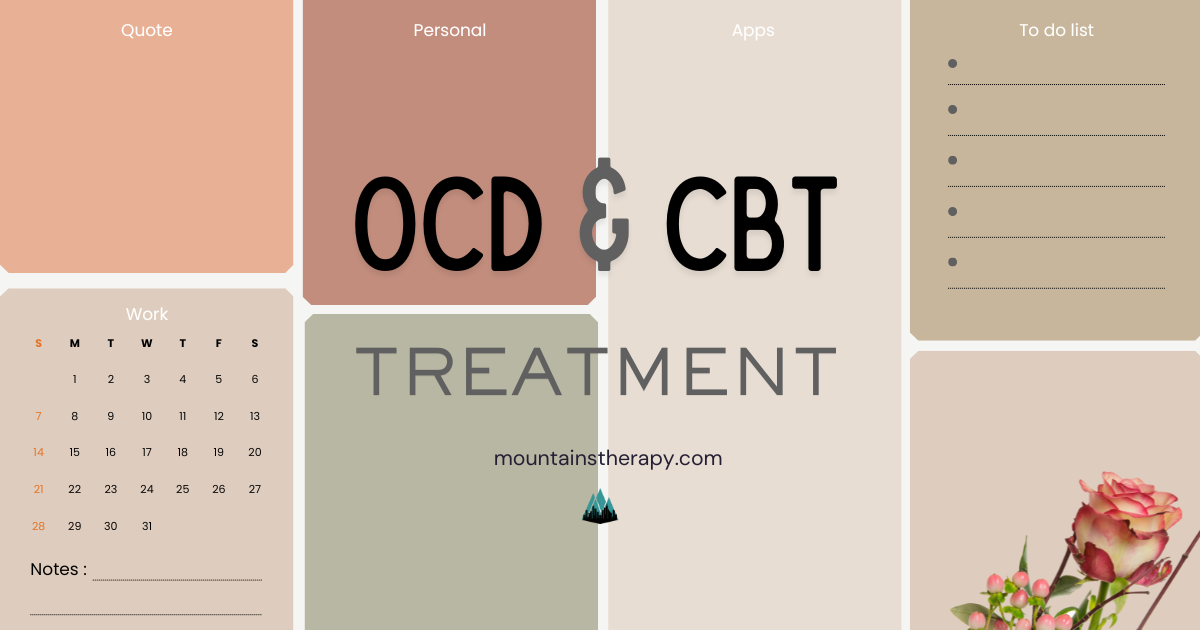What Are Realistic Therapy Goals for Anxiety?
Learn more about Anxiety Therapy Treatment here.
At Mountains Therapy, we understand how anxiety can feel overwhelming, and with the right tools and support, it’s manageable. Setting specific, achievable goals is a critical part of therapy, and as experienced anxiety therapists and anxiety counselors, we’re here to guide you through this process. Below, we’ve outlined therapy goals for anxiety, treatment objectives for anxiety, and how working with a therapist can help you achieve them. Whether you're looking for treatment plan examples for anxiety, goals for anxiety treatment plans, or ways to build confidence in managing social anxiety, our team at Mountains Therapy is ready to assist you every step of the way.
Here Are 6 Realistic Therapy Goals for Anxiety
1. Increase Awareness of Anxiety Trigger
- Symptoms Addressed:
- Persistent worry or fear.
- Overthinking or rumination.
- Physical symptoms like a racing heart or tense muscles triggered by specific situations.
- Objective: Help clients identify specific situations, thoughts, or feelings that contribute to their anxiety.
- Intervention:
- Use anxiety logs to track daily experiences.
- Engage in reflective journaling exercises to uncover patterns.
- Practice mindfulness techniques to improve awareness of internal and external triggers.
- How Anxiety Therapists Can Help:
- Your anxiety therapist will help you identify and track triggers through structured exercises like journaling and tracking logs. They’ll provide insights into patterns and guide you in developing self-awareness to take control of your responses.
- How This Goal Helps:
- By increasing awareness of triggers, clients can anticipate and manage anxiety responses more effectively, reducing both emotional and physical symptoms over time.
2. Learn and Practice Relaxation Techniques
- Symptoms Addressed:
- Physical symptoms such as muscle tension, rapid heartbeat, or shallow breathing.
- Feelings of restlessness or an inability to relax.
- Objective: Equip clients with tools to manage physical and emotional symptoms of anxiety in the moment.
- Intervention:
- Teach and practice techniques like deep breathing, progressive muscle relaxation, and mindfulness during sessions.
- Provide guided meditations and relaxation recordings for home practice.
- Encourage daily practice, tracking progress during weekly sessions.
- How Anxiety Counselors Can Help:
- Anxiety counselors will teach you relaxation techniques step by step and practice them in a safe environment. They’ll also provide helpful resources and feedback to ensure you feel confident using these tools in everyday life.
- How This Goal Helps:
- Relaxation techniques directly address the physical symptoms of anxiety by calming the body and signaling the brain that it is safe, reducing overall stress levels.
3. Challenge Unhelpful Thoughts
- Symptoms Addressed:
- Catastrophic thinking or expecting the worst.
- Self-doubt or perfectionism.
- Overwhelming feelings of fear or dread tied to irrational beliefs.
- Objective: Reduce the impact of negative thought patterns that fuel anxiety through cognitive restructuring.
- Intervention:
- Use cognitive-behavioral techniques to identify cognitive distortions like catastrophizing or "all-or-nothing" thinking.
- Reframe negative thoughts into balanced and rational perspectives using thought records.
- Role-play scenarios to strengthen problem-solving skills and reduce anticipatory anxiety.
- How Anxiety Therapists Near You Can Help:
- Your therapist will guide you through identifying and challenging harmful thought patterns, helping you reframe negative beliefs into healthier perspectives. This process is a cornerstone of many treatment plans for anxiety examples and helps clients build resilience over time.
- How This Goal Helps:
- By addressing and reframing unhelpful thoughts, clients can reduce irrational fears and gain a clearer, more balanced perspective, lessening emotional and cognitive distress.
4. Gradual Exposure to Feared Situations
- Symptoms Addressed:
- Avoidance of people, places, or situations due to anxiety.
- Intense fear or panic in specific scenarios (e.g., social anxiety, phobias).
- Difficulty engaging in daily tasks or responsibilities.
- Objective: Build tolerance and reduce avoidance behaviors by confronting anxiety-inducing situations in a controlled manner.
- Intervention:
- Develop a personalized exposure hierarchy, starting with low-stress scenarios and progressing to more challenging ones.
- Practice exposure activities in sessions with therapist support and feedback.
- Provide coping strategies for managing discomfort, such as grounding techniques.
- How Anxiety Counselors Near You Can Help:
- An anxiety counselor will collaborate with you to create a customized exposure plan and support you through each step. They’ll help you build confidence as you gradually face fears, making this a practical example of a treatment plan for anxiety tailored to overcoming social or situational stress.
- How This Goal Helps:
- Exposure therapy gradually reduces avoidance, helping clients rebuild confidence in facing fears and regain control over daily activities.
5. Build a Self-Care Routine
- Symptoms Addressed:
- Chronic stress or burnout from neglecting personal needs.
- Fatigue or lack of motivation tied to emotional exhaustion.
- Feeling overwhelmed or unable to manage day-to-day responsibilities.
- Objective: Foster a balanced lifestyle that supports mental health and reduces anxiety symptoms.
- Intervention:
- Identify self-care activities that resonate with the client, such as exercise, creative hobbies, or social engagement.
- Develop a daily or weekly self-care schedule and track adherence.
- Address barriers to self-care, such as lack of time or motivation, through problem-solving discussions.
- How Anxiety Therapists Can Help:
- Anxiety therapists will help you integrate self-care into your routine by finding activities you enjoy and addressing obstacles. This is an important part of a sample treatment plan for anxiety, as self-care directly impacts overall well-being and stress management.
- How This Goal Helps:
- A consistent self-care routine supports emotional balance, reduces stress, and provides a foundation for resilience against anxiety.
6. Improve Sleep Patterns
- Symptoms Addressed:
- Difficulty falling or staying asleep.
- Restlessness or racing thoughts at night.
- Fatigue or low energy levels during the day.
- Objective: Establish healthy sleep habits to improve overall well-being and reduce anxiety-related fatigue.
- Intervention:
- Educate clients on sleep hygiene practices, such as maintaining a consistent bedtime and limiting caffeine.
- Incorporate relaxation techniques like progressive muscle relaxation or visualization before sleep.
- Develop a nighttime routine that includes calming activities like reading or listening to soothing music.
- How Anxiety Counselors Can Help:
- An anxiety counselor will provide practical strategies to improve sleep hygiene and address anxiety-related sleep disruptions. They’ll guide you through relaxation techniques and help you create a calming bedtime routine that works for your lifestyle.
- How This Goal Helps:
- Improving sleep patterns enhances mental clarity, reduces physical fatigue, and alleviates the cumulative impact of anxiety over time.
Why Finding the Right Therapists for Anxiety Treatment Matters
When you work with an anxiety therapist near you or an anxiety counselor near you, you’ll receive personalized care tailored to your needs. At Mountains Therapy, we specialize in creating customized treatment plans for anxiety examples, helping clients meet therapeutic goals while addressing their unique challenges. If you’re looking for compassionate support with therapy goals for anxiety, need a treatment plan for anxiety example, or want to work with a therapist with anxiety, Mountains Therapy is here to help.
Contact our Anxiety Therapists and Anxiety counselors today.
Blog Posts: Elevate Mental Health Blog by Mountains Therapy
IMPORTANT: Call 988 Suicide and Crisis Lifeline 24/7, visit emergency room, or call 911, If you or someone you know are in a mental health crisis or be in danger.
All Rights Reserved | Mountains Therapy LLC

